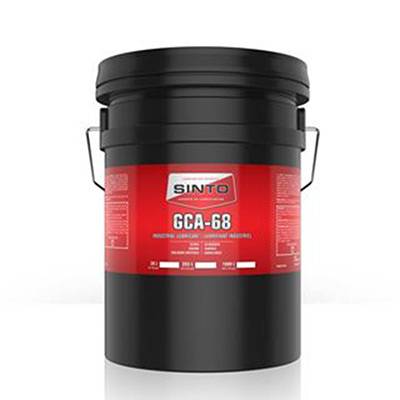Ara . 21, 2024 07:58 Back to list
y strainer pn16
Understanding Y-Strainers and Their Importance in PN16 Applications
In industrial applications, fluid management is crucial for maintaining efficiency and ensuring the longevity of systems. Whether in pipelines for water treatment, oil and gas, or chemical processing, the cleanliness of fluids passing through is vital. One of the key components employed to achieve this is the Y-strainer, especially in PN16 rated systems.
What is a Y-Strainer?
A Y-strainer is a type of filtration device designed to remove unwanted solids from liquids or gases in a pipeline system. It is named for its distinctive Y shape, which allows for efficient flow and easy maintenance. Y-strainers are typically made from materials such as stainless steel, cast iron, and plastic, making them suitable for various applications across different industries.
The design of a Y-strainer allows it to be installed in a pipeline at any angle, although a vertical installation is preferred. This versatility is essential in environments where space may be limited or in systems that require precise fluid control. The strainer consists of a straining element (or mesh), which captures particulate matter while allowing the fluid to flow freely.
Importance of PN16 Rating
The term PN (Pressure Nominal) indicates the pressure rating of a valve or fitting. In the case of PN16, it means that the Y-strainer can operate safely at a maximum pressure of 16 bar (approximately 232 psi) at a temperature of 20°C. This rating is particularly important for applications where high pressure and flow rates are present.
Y-strainers rated at PN16 are commonly found in various industries, including water treatment plants, HVAC systems, food processing, and chemical manufacturing. The ability to withstand significant pressure while effectively filtering out contaminants ensures operational reliability and safety.
Applications of Y-Strainers in PN16
1. Water Treatment In water treatment facilities, Y-strainers are used to filter out debris and solids that could damage pumps and valves. By keeping the water clean, these strainers help maintain the efficiency of the treatment process and ensure the safety of the water supply.
y strainer pn16

2. Oil and Gas Industry The oil and gas sector faces numerous challenges, including the management of corrosive substances and the presence of particulate matter in downhole and surface operations. Y-strainers rated PN16 play a critical role in maintaining the integrity of pipelines by preventing contamination and ensuring smooth flow.
3. Chemical Processing In chemical manufacturing, precise formulations require clean feedstock. Y-strainers prevent contaminants from entering mixing tanks and reactors, thus safeguarding product quality. They also facilitate the safe operation of equipment by removing particulates that could lead to clogs and malfunctions.
4. HVAC Systems Within heating, ventilation, and air conditioning systems, Y-strainers help filter out rust, scale, and other debris from water systems. By maintaining clean water circulation, they enhance the efficiency of chillers, boilers, and pumps, ultimately leading to energy savings.
Maintenance and Best Practices
To ensure that a Y-strainer operates effectively, regular maintenance is essential. Here are some best practices
- Regular Inspection Periodically inspect the strainer for any signs of clogging or damage. A clogged strainer can cause increased pressure drop, leading to system inefficiencies. - Cleaning Depending on the nature of the fluid being filtered, the straining element may need to be cleaned or replaced. This can usually be accomplished with minimal downtime.
- Installation Considerations Ensure that the strainer is installed correctly in accordance with industry standards, including correct orientation and securing methods.
Conclusion
In conclusion, Y-strainers with a PN16 rating are essential components in various industrial applications that require fluid filtration. Their robust design allows them to handle significant pressure while effectively removing unwanted solids, enhancing the reliability and efficiency of systems. With proper maintenance and installation, Y-strainers can significantly prolong the life of pipeline systems and ensure optimal fluid management. Understanding their functionality and applying best practices is crucial for any facility aiming for high performance and safety standards.
-
thread-plug-gauge-our-promise-of-measurement-excellenceNewsAug.22,2025
-
gauge-pin-class-reflecting-quality-legacyNewsAug.22,2025
-
check-valve-types-for-high-rise-buildingsNewsAug.22,2025
-
water-control-valve-for-irrigation-systemsNewsAug.22,2025
-
gate-valve-with-soft-seal-technologyNewsAug.22,2025
-
y-type-strainer-for-oil-and-gas-applicationsNewsAug.22,2025
Related PRODUCTS









